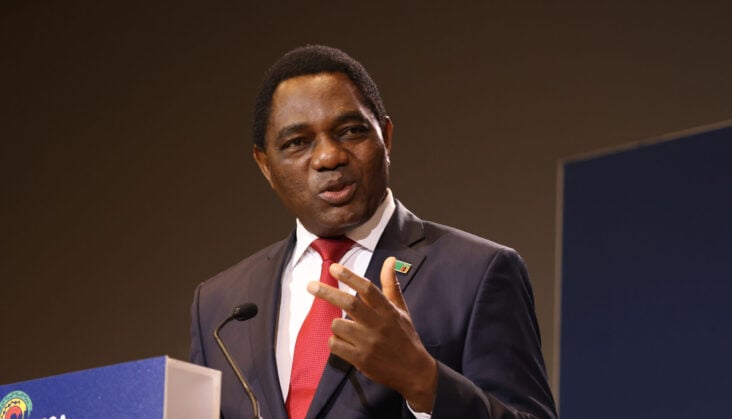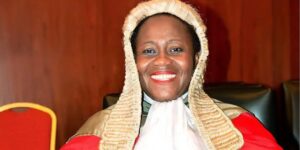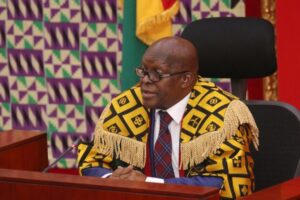
Zambia’s creditors, including China, have agreed to restructure the country’s $6.3bn public debt, providing financial relief to the first African nation to default following the Covid-19 pandemic, officials announced on Thursday.
This decision comes after protracted negotiations over differences between China and Western creditors on Zambia’s $18.6bn external debt.
Market sentiment is broadly positive. Prior to the conclusion of the debt restructuring negotiations, the local currency appreciated by just over 12% in June driven mainly driven by positive sentiment.
With this announcement, market participants are predicting additional strengthening of the Kwacha as key fundamental and technical factors buoy the currency.
What will be the impact? We ask four experts:
Government securities market will reopen
For Victor Chileshe, the head Global Markets at Stanbic Bank Zambia, a unit of South Africa’s Standard Bank, the restructuring will help Zambia overcome the initial problems it found itself in after a period of over borrowing. With the complications of Covid-19, the government had no fiscal space to spend on poverty alleviation programmes.
“What we see with this restructuring is that foreign portfolios will get some level of comfort that Zambia is getting reorganized, and they will start participating in the government securities because the risk of default is now low,†says Chileshe. “And it is expected that we shall see the local currency […] start strengthening while interest rates start falling on the Treasury Bills and government bonds.â€
He believes this is critical as there is large future financing needed to reap the benefits of this restructuring.
Note of caution
For Lubinda Haabazoka, director of the Graduate School of Business at the University of Zambia, an economic boom is on the cards so long as the money is spent on productive sectors.
However, he strikes a note of caution, saying: “As much as we are celebrating, we are just in the 15th minute of the 90 minutes game in the semi-final, we are not yet in the final.â€
He believes the debt restructuring will be a “lengthy and nasty process†that has only just begun.
“In terms of debt financing, it will also be very difficult for us to convince people; they will be saying ‘Zambia, you have a history of wanting to change terms of the loan’,†says Haabazoka. “But in terms of FDI, this is good for equity investors because they perceive that Zambia is now going to concentrate more on the economic development agenda.â€
Lessons of history
Trevor Simumba, a trade economist, sees the deal as a step towards fixing the mess left by the previous PF government, but agrees it is just the first step.
“The official creditors have agreed to $6.3bn of debt restructuring, which is a significant amount. However, there is still another $6.8bn of private credit that need[s] to be negotiated,†he says. “The important thing is that now we have an agreed framework with the official creditors and many of the private creditors come from those countries like China, the US, Germany, the UK where we have made an agreement with.â€
He urges that the lessons be learned from the debt imbroglio.
“When the [former ruling] Patriotic Front came into office in 2011, they found foreign debt was less than $2bn because past presidents managed to control the borrowing,†says Simumba. “But the PF went on a borrowing spree.â€
Energy reforms key role
Johnstone Chikwanda, an energy policy analyst, points to important energy sector reforms carried out by the Hichilema administration. According to him, these helped foster the goodwill that the current debt deal is based on.
“Poorly targeted subsidies on electricity and fuel, which formed part of the conditions by [the] IMF, have been getting removed in a phased approach by [the] government,†he says. “A lot of national financial haemorrhage has been in the energy sector for a long timeâ€.






